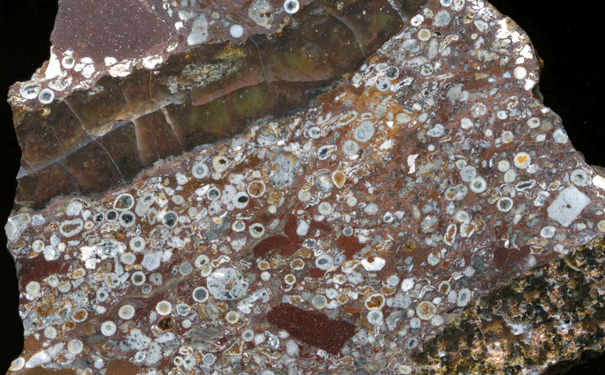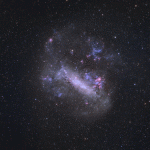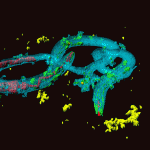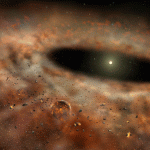
This sample was found in Western Australia and formed 2.63 billion years ago in the aftermath of a large impact. Oberlin College photo/Bruce M. Simonson
More asteroids hit Earth billion of years ago than we thought.
When an asteroid hits the Earth it vaporises rock, which then expands in a massive fireball ball or vapour plume. As the plume cools, droplets of molten rock, known as spherules, form and fall covering the Earth in a thin layer.
The tiny spherules can actually reveal the size and velocity of the asteroid impact that created them billions of years ago. Scientists from Purdue University are now using them to learn more about impacts in Earth’s early history.
“Using our spherule formation model we can estimate the size of an asteroid based on the thickness of the layer and the impact velocity based on the average size of the individual spherules,” said graduate student Brandon Johnson, author of the study published in Nature. “This allows us to estimate the number and sizes of the asteroids that hit the Earth long ago.”
By examining the spherules, the researchers found that more large asteroids hit Earth between 3.5-3.25 billion years ago than scientists had previously thought. Some of them were several times larger than the one that killed off the dinosaurs 65 million years ago, Johnson said, and probably played a major role in the evolution of early life on Earth.
“Although asteroids impacts are usually thought of as detrimental to life, some scientist think that impacts could have help simple life by bringing organic material to Earth or setting up hydrothermal systems where life can flourish.”
When the researchers examined the number of impacts and their size, they found there were a greater number of small object hits than large ones. This matches the distribution of sizes in the asteroid belt and gives a connection between crater sizes and the asteroid belt for the first time.
The researchers have used these findings to enhance Impact: Earth!, an asteroid impact effect calculator that can estimate potential damage from a comet or asteroid based on the object’s mass.
The findings also support a new solar system model put forward by William Bottke and his colleagues in the same issue of Nature, which suggests that the asteroid extended further during the bombardment period than today. The asteroids from this extension would have been more likely to end up on Earth-crossing orbits than their main belt counterparts.






